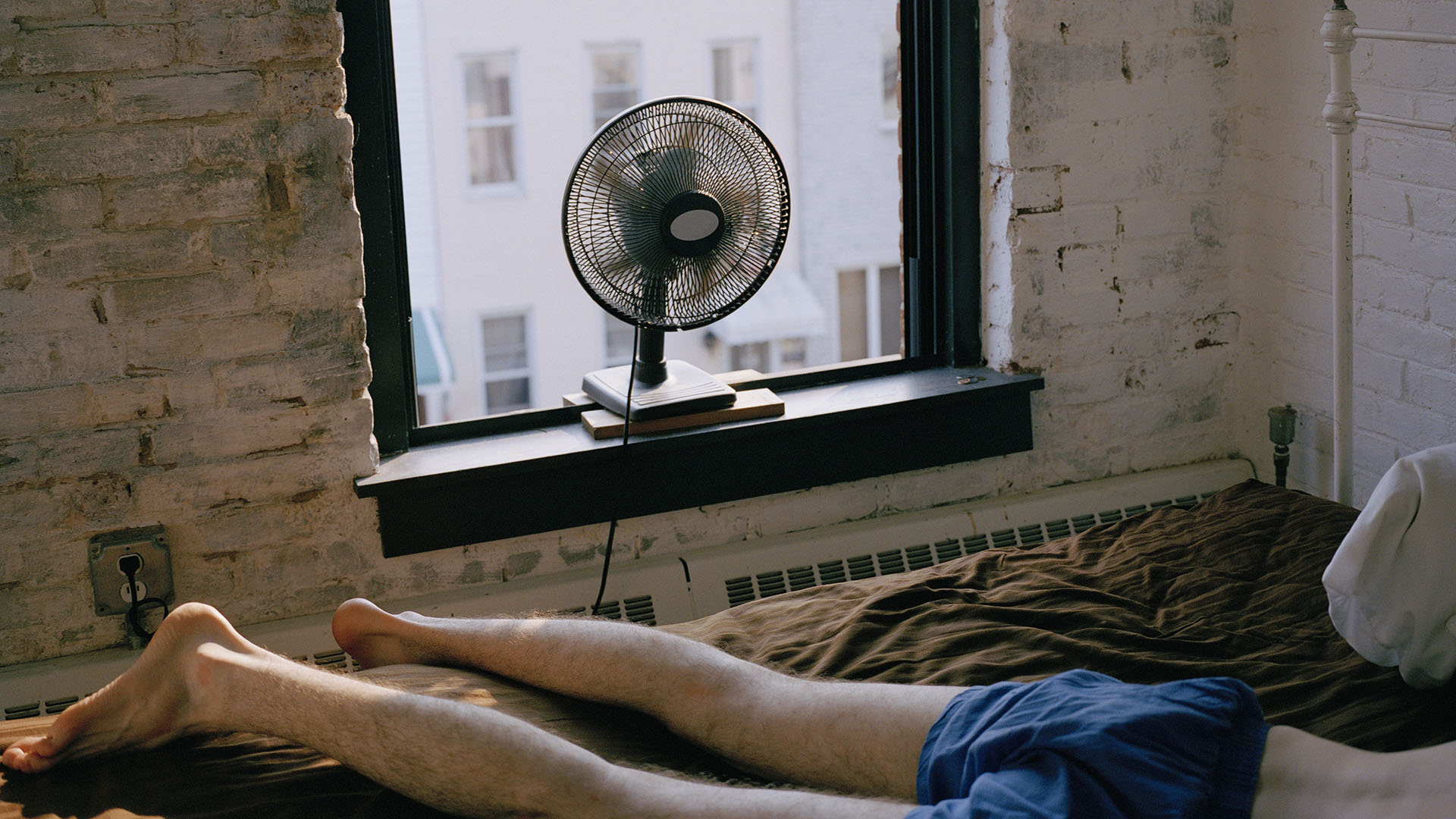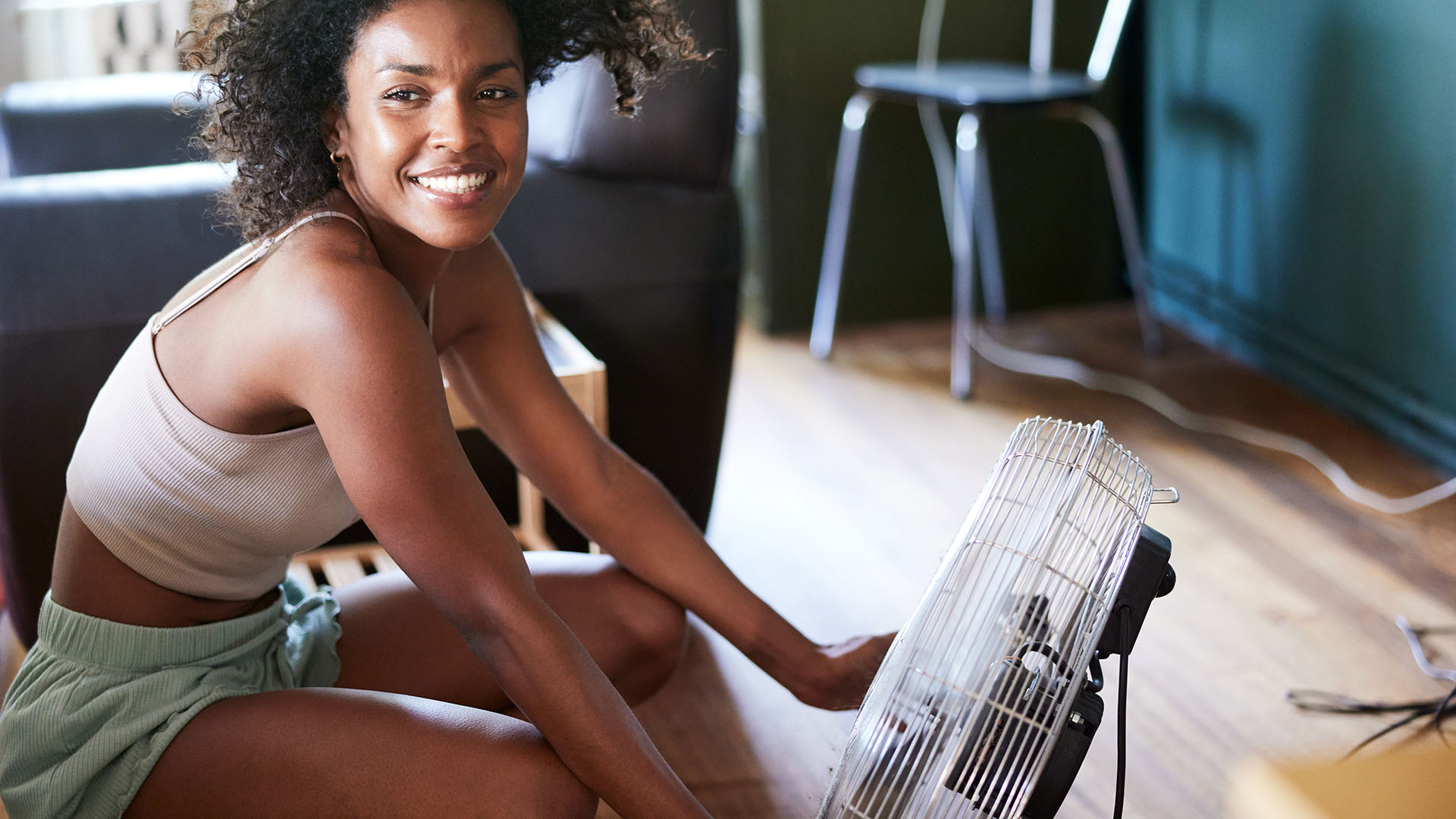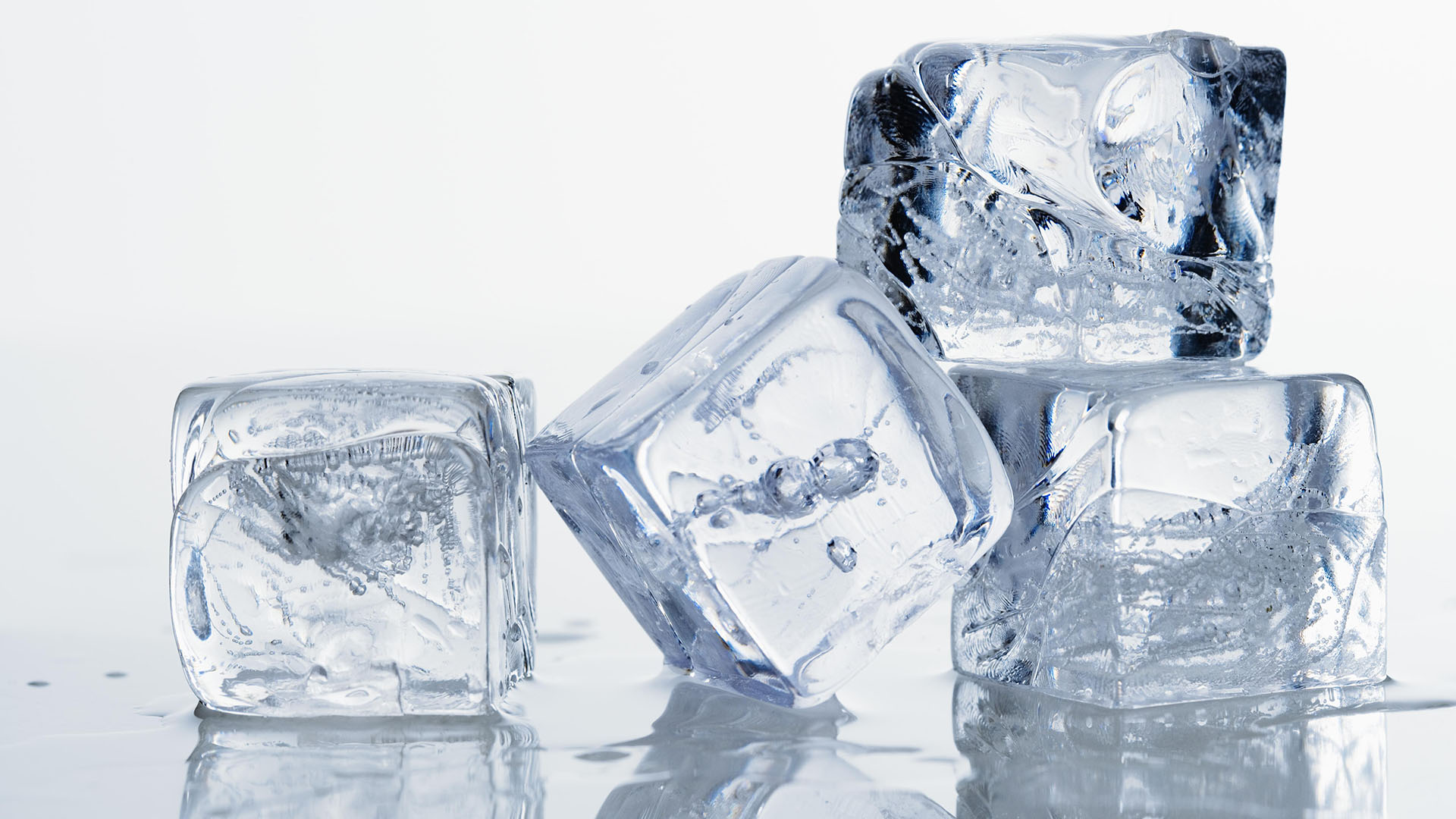
Can fans cool a room? The simple, and perhaps surprising, answer is no.
While the best fans can be used create a more comfortable indoor environment, they do not actually lower a room's temperature. What they can do, though, is to make the people within it feel cooler.
To explore this apparent paradox, read on as we explore the mechanics of how fans work, the physics behind their limitations, and how they can be effectively used to make you feel more comfortable when the temperatures rise.
How do fans work?
Fans work by moving air around a room. When air moves across human skin, it enhances the evaporation of sweat, a natural cooling process for the body. This increased evaporation helps to remove heat from the body, making you feel cooler, even if the actual room temperature remains unchanged. This principle applies to all types of fans, including ceiling fans.
Be aware, though, that this effect will only happen if the breeze created by the fan is directly towards you. A fan blowing air in the opposite direction is unlikely to have any cooling effect at all.
Also note that if the conditions are very humid, this reduces the body's ability to cool itself through evaporation, so the fan will be less effective in these circumstances too.

The most important thing to understand, though, is that while a fan can make a hot room more bearable, it will not actually lower the temperature of a room. In fact, it may well slightly increase it, due to the heat generated by its motor. In a perfectly insulated room, this can result in a slight increase in temperature.
It's natural to think the room has become cooler, of course, if it aids in the body's natural cooling mechanisms and make you feel personally cooler. Similarly, you might think the room has become cooler if you have a cold drink and cool yourself down that way. But in both cases, the room's temperature will have stayed the same.
To ensure your fan is operating at peak efficiency, check our tips for how to clean a fan.
How to use a fan effectively
While running a fan won't cool a room by itself, it can be used in combination with other methods to improve your level of comfort. Here are four common ways to use a fan to cool down.
Get daily insight, inspiration and deals in your inbox
Sign up for breaking news, reviews, opinion, top tech deals, and more.
1. Be strategic about placement
When the outside air is cooler than the inside air, placing a fan near an open window or door can help draw in cooler air from outside. You might also place one near large pieces of furniture to enhance air circulation within the room, ensuring the airflow reaches all parts of the space.
2. Create a cross-breeze
Another thing you can do when the outside air is cooler than the inside air is to create what's known as a cross-breeze. You place one fan in a window to blow cooler air into the room and another on the opposite side to expel warm air. This can help to circulate cooler outdoor air throughout the room.
3. Use ice or wet towels
Placing a bowl of ice or a wet towel in front of a fan can help cool the air being circulated. As the ice melts or the towel dries, the air passing over them is cooled slightly, providing a temporary cooling effect.

4. Combine fans with air conditioning
Fans can be used to complement air conditioning systems by circulating the cooled air more effectively. This can either drop the temperature further when your AC is on full blast, or help you reduce your electricity bill by getting a cooler temperature at a lower AC setting.
In summary, a fan will not cool a room by itself. If there were no people in a room for a couple of hours, for example, it would be entirely fruitless to run a fan in it. However, it can make your body feel cooler by encouraging the evaporation of sweat. And by understanding how to use fans in combination with other cooling methods, you can maximize their potential. Bear in mind, though, that in very hot or humid conditions, even this effect may be limited.
Tom May is a freelance writer and editor specialising in tech, design and sleep products. Over the years he's tested a number of mattresses, duvets and pillows, and as a back pain sufferer, has a keen interest in finding ones that offer maximum support. Plus, in running a successful Airbnb business, sleep hygiene and providing the right bedding for guests has become a big part of his day-to-day life. He is author of Great TED Talks: Creativity, published by Pavilion Books.
